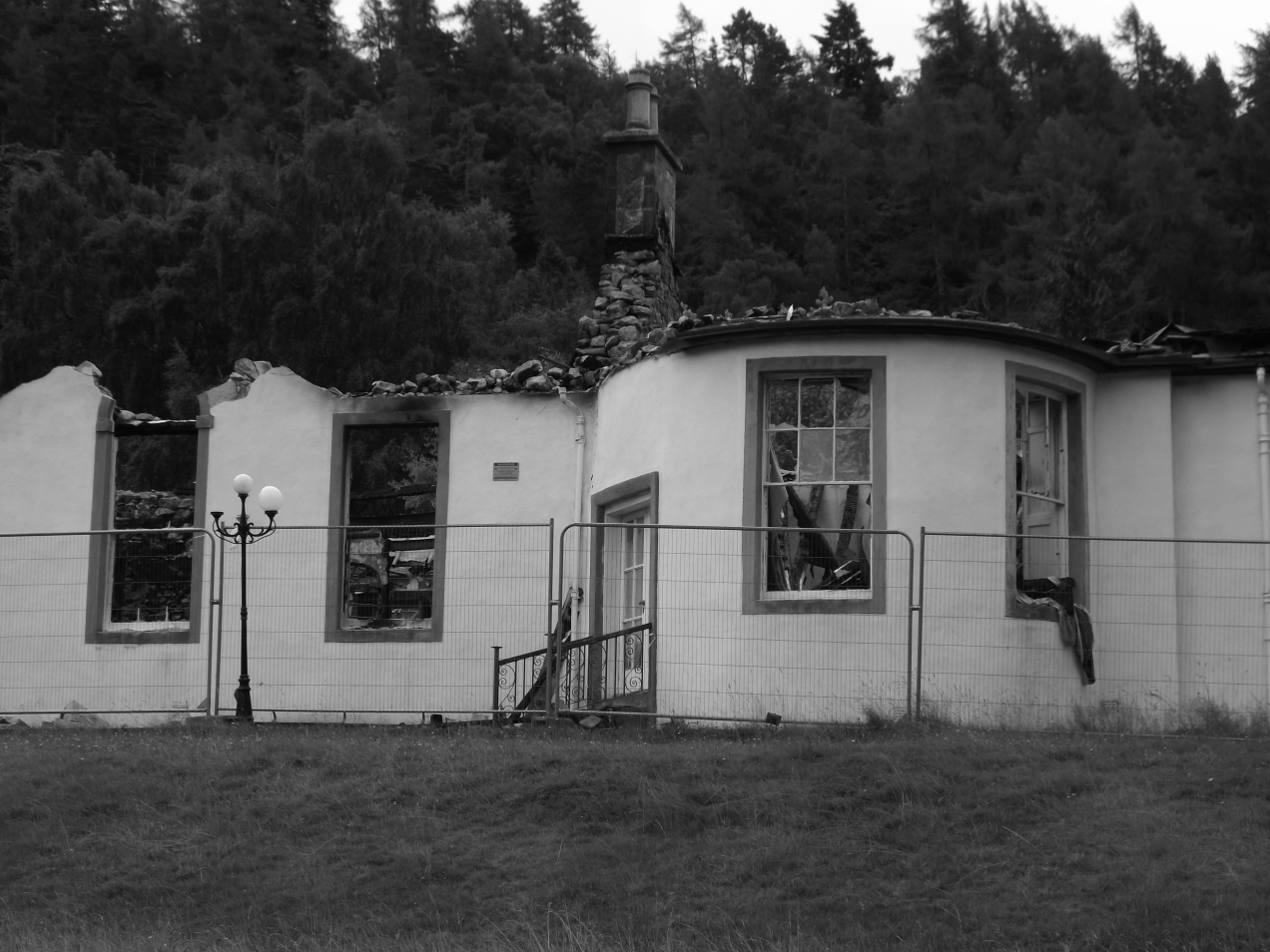Here’s a piece I published early this year on the Open University’s blog. It connects the challenges to the restoration to a cottage in the Highlands of Scotland to the storming of the US Capitol Building on Jan 6th 2021 – both expressions of the same fear of non-existent Luciferian ritual child abusers.
large numbers of people believe that such an imagined Satanic Other exists. For most, this is probably just an internalisation of Christian narratives about good and evil, and of the existence of demons and devils. These implicit beliefs are stoked up by more active players, however, mostly (though not exclusively) Christian fundamentalists with an axe to grind, and who, because of the traditional association of Christianity with moral good, are able to speak into the ear of the press, police and politicians. But there is certainly an aspect that is to do with defending the body politic against invasion – which is why such ideas tend to flare up at times of societal unrest, and why we see the same motifs popping up in antisemitic tracts from the Middle Ages to the Third Reich.
.














